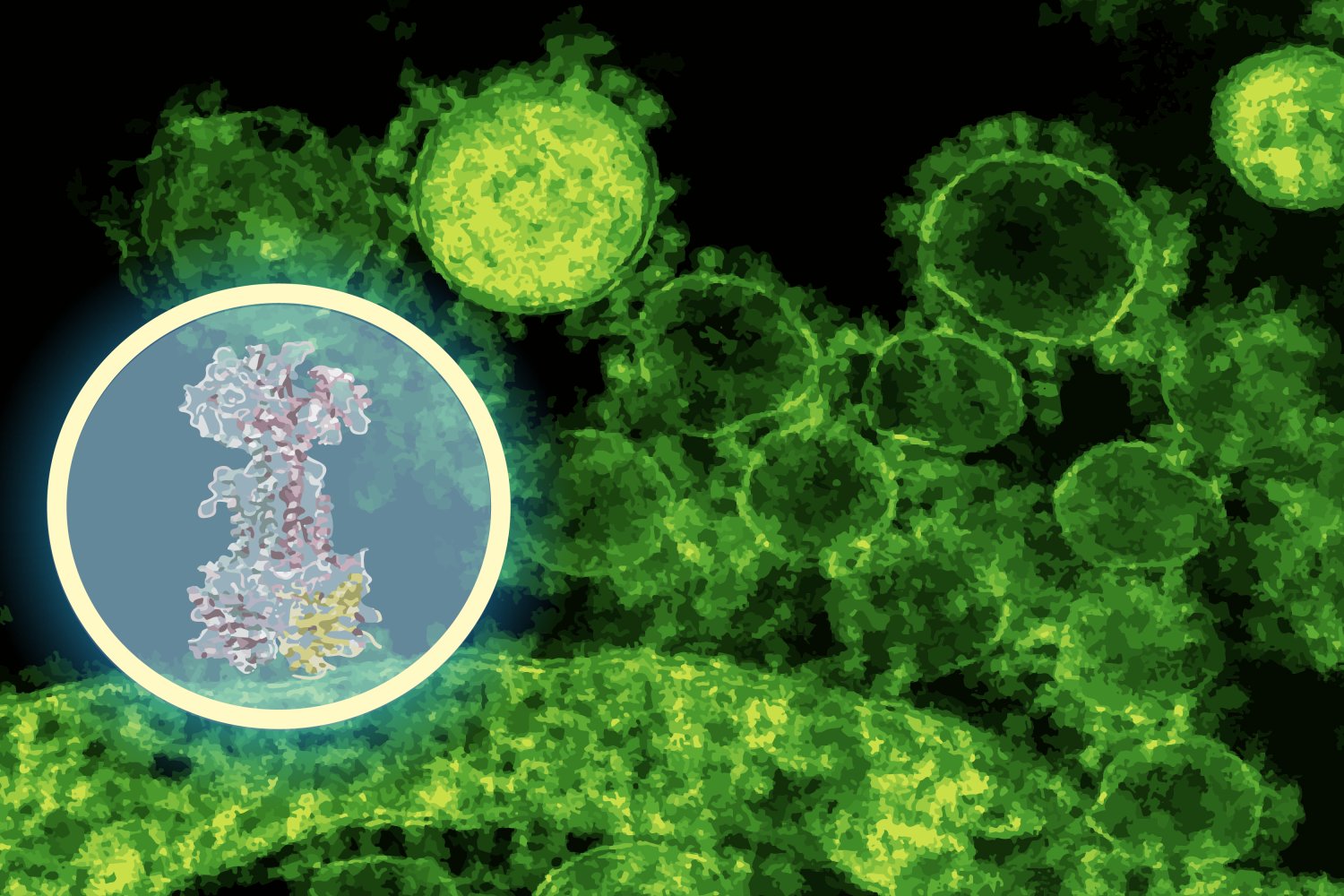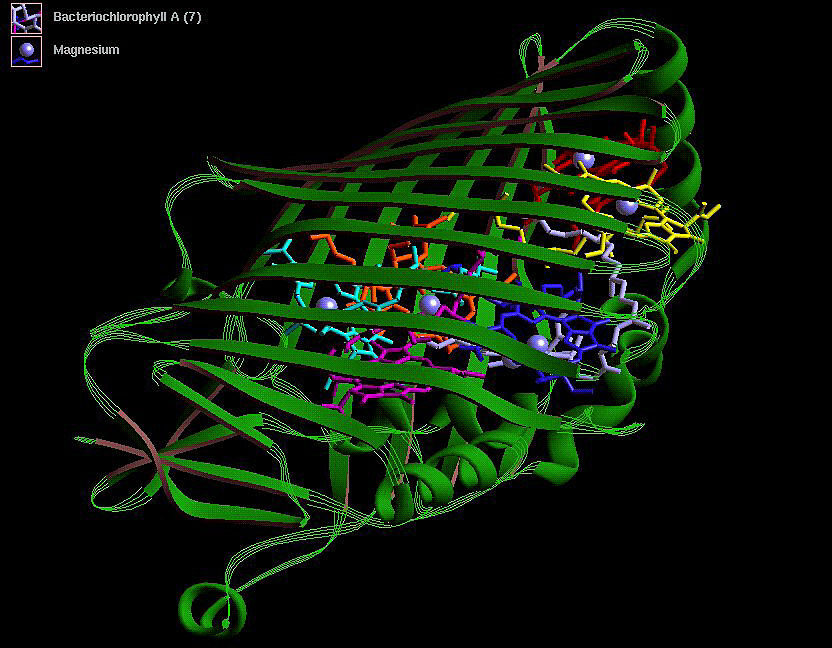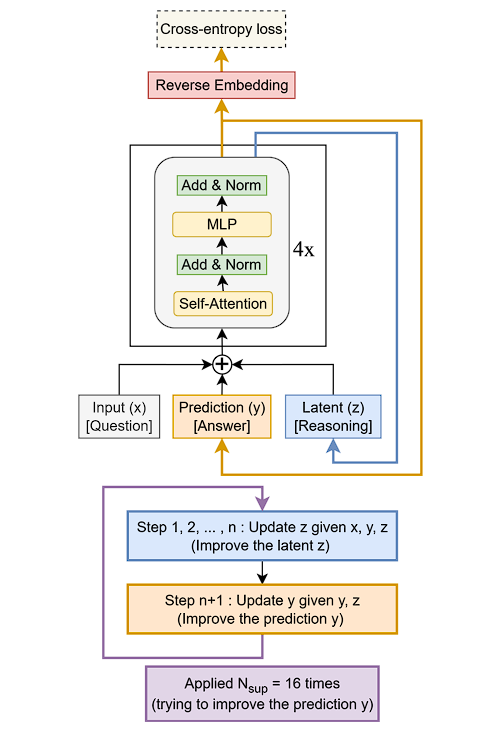Introduction to Inflammatory Bowel Disease
For patients with inflammatory bowel disease, antibiotics can be a double-edged sword. The broad-spectrum drugs often prescribed for gut flare-ups can kill helpful microbes alongside harmful ones, sometimes worsening symptoms over time. When fighting gut inflammation, you don’t always want to bring a sledgehammer to a knife fight.
The Discovery of Enterololin
Researchers at MIT’s Computer Science and Artificial Intelligence Laboratory (CSAIL) and McMaster University have identified a new compound that takes a more targeted approach. The molecule, called enterololin, suppresses a group of bacteria linked to Crohn’s disease flare-ups while leaving the rest of the microbiome largely intact. Using a generative AI model, the team mapped how the compound works, a process that usually takes years but was accelerated here to just months.
Understanding the Challenge in Antibiotic Development
“This discovery speaks to a central challenge in antibiotic development,” says Jon Stokes, senior author of a new paper on the work, assistant professor of biochemistry and biomedical sciences at McMaster, and research affiliate at MIT’s Abdul Latif Jameel Clinic for Machine Learning in Health. “The problem isn’t finding molecules that kill bacteria in a dish — we’ve been able to do that for a long time. A major hurdle is figuring out what those molecules actually do inside bacteria. Without that detailed understanding, you can’t develop these early-stage antibiotics into safe and effective therapies for patients.”
How Enterololin Works
Enterololin is a stride toward precision antibiotics: treatments designed to knock out only the bacteria causing trouble. In mouse models of Crohn’s-like inflammation, the drug zeroed in on Escherichia coli, a gut-dwelling bacterium that can worsen flares, while leaving most other microbial residents untouched. Mice given enterololin recovered faster and maintained a healthier microbiome than those treated with vancomycin, a common antibiotic.
The Role of AI in Drug Discovery
Pinning down a drug’s mechanism of action, the molecular target it binds inside bacterial cells, normally requires years of painstaking experiments. Stokes’ lab discovered enterololin using a high-throughput screening approach, but determining its target would have been the bottleneck. Here, the team turned to DiffDock, a generative AI model developed at CSAIL by MIT PhD student Gabriele Corso and MIT Professor Regina Barzilay. DiffDock was designed to predict how small molecules fit into the binding pockets of proteins, a notoriously difficult problem in structural biology.
The Future of Precision Antibiotics
For patients with Crohn’s and other inflammatory bowel conditions, the prospect of a drug that reduces symptoms without destabilizing the microbiome could mean a meaningful improvement in quality of life. And in the bigger picture, precision antibiotics may help tackle the growing threat of antimicrobial resistance. Enterololin is still in the early stages of development, but translation is already underway. Stokes’ spinout company, Stoked Bio, has licensed the compound and is optimizing its properties for potential human use.
Conclusion
The discovery of enterololin and the use of AI in determining its mechanism of action mark a significant step forward in the development of precision antibiotics. This approach could lead to more effective and safer treatments for patients with inflammatory bowel disease and other conditions, while also helping to combat the growing problem of antimicrobial resistance.
FAQs
Q: What is enterololin?
A: Enterololin is a new compound that has been identified as a potential treatment for inflammatory bowel disease. It works by suppressing a group of bacteria linked to Crohn’s disease flare-ups while leaving the rest of the microbiome largely intact.
Q: How was enterololin discovered?
A: Enterololin was discovered using a high-throughput screening approach and a generative AI model called DiffDock.
Q: What is DiffDock?
A: DiffDock is a generative AI model developed at CSAIL that predicts how small molecules fit into the binding pockets of proteins.
Q: What are the potential benefits of enterololin?
A: The potential benefits of enterololin include reducing symptoms of inflammatory bowel disease without destabilizing the microbiome, and helping to combat the growing problem of antimicrobial resistance.
Q: Is enterololin available for use?
A: Enterololin is still in the early stages of development and is not yet available for use. However, Stokes’ spinout company, Stoked Bio, has licensed the compound and is optimizing its properties for potential human use.











